Autumn Garden Ideas for Plants and Lawn Care
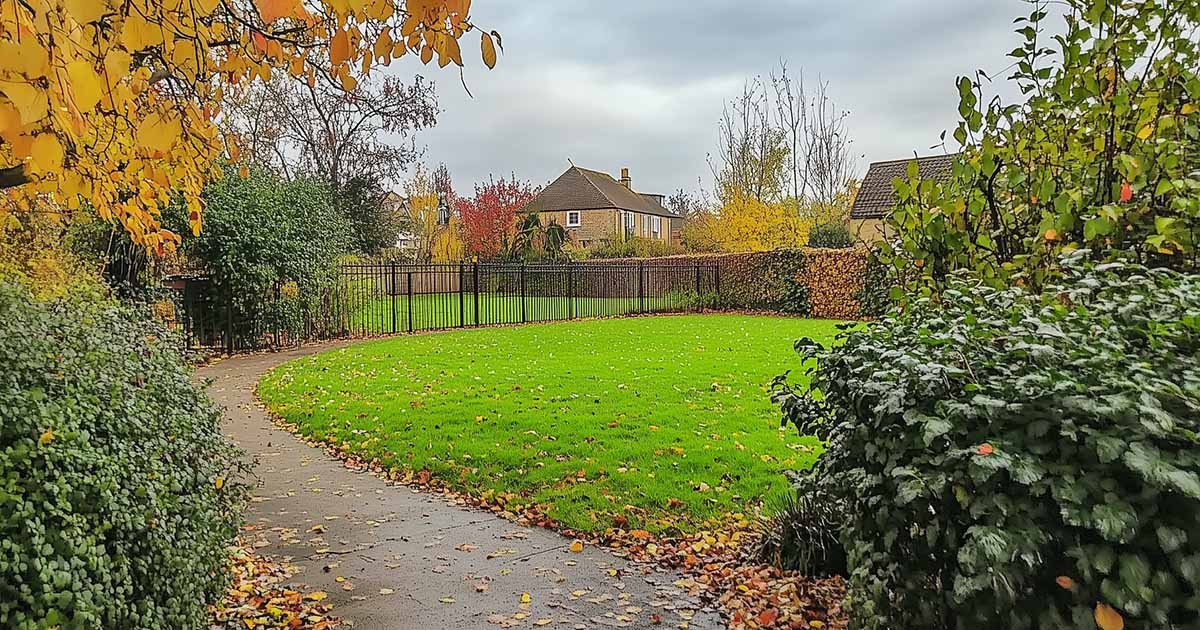
When autumn is on the horizon, many gardeners will be feeling mixed emotions. The relief of rain and cooler weather is marred by the unstoppable approach of the winter months, and your carefully cultivated flower beds are about to face a true test. That’s no reason to give up on your garden, though, because autumn brings just as many blessings!
Tips for a Healthy Autumn Lawn

If you have a lawn, you probably spend a lot of time making sure it looks its best. It can be scary to see your hard work vanish under leaves and moss in the fall. But don’t worry; seasonal changes are natural and beneficial for eco-friendly gardens. If you’re looking for tips for autumn lawn care, here are a few things you can do to make sure your grass survives the winter and grows evenly in the spring.
Reseed the Grass
Autumn is the best time of year to reseed your lawn. Rain, humidity and falling leaves make for the perfect environment to give growing shoots a boost. While decomposition is at its fastest, young grass can get plenty of nutrients from leaf litter and older grass clippings.
For the best results, sprinkle a layer of topsoil over your lawn where needed and spread grass seed evenly over the top. If it is a particularly dry autumn, remember to add some water. After that, it’s simply a case of kicking back and watching the results.
Rake away the Moss
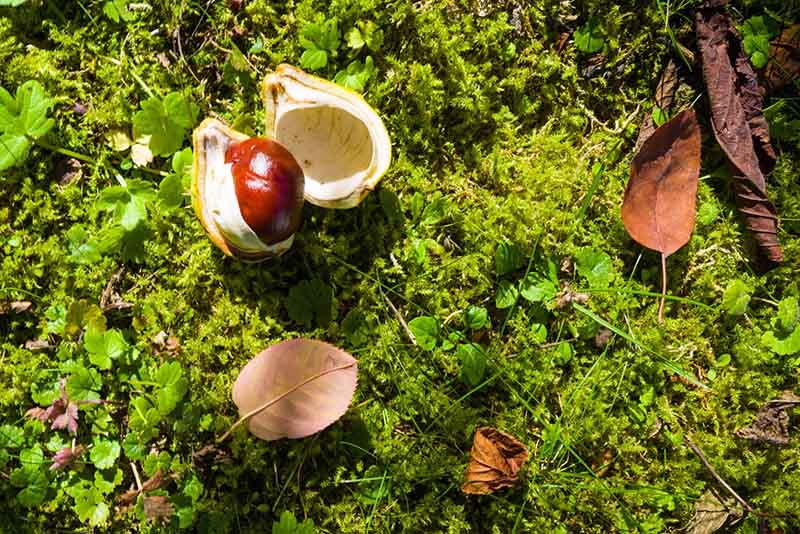
Scarifying is the process of removing dead grass and unwanted litter from a lawn, and autumn is one of the best times to do so. If you don’t like your lawn’s mossy look, gently pulling the moss away with a rake can help to reduce regrowth in the coming months. We recommend avoiding chemicals such as weed killer in your garden, as these can cause long-term damage to the environment, even if they help your plants! With care and attention, your lawn can thrive under nothing more than a rake and a lawnmower.
Don’t Cut the Lawn as Often
When the frost starts to come in, your grass needs to be strong, healthy and even to withstand the worst of the weather. Frequent mowing can be detrimental to your grass in autumn, as the shoots might not have enough time to recover before the winter. A healthy garden requires a scruffier look sometimes, so relax and let the grass grow. Rest assured; it’ll look its very best when spring kicks in next year!
Feed Your Lawn
In the autumn, grass can be as hungry as your kids before breakfast. If your lawn is looking tired, it could benefit from a thin layer of mulch or natural grass feed like seaweed or manure. Luckily, leaf mulch is freely available in the autumn (and it doesn’t smell as bad as the alternatives!).
Eco-friendly Autumn Gardening Tips

It’s easy to keep an eco-friendly garden in autumn, because your garden mostly does it all. If you’ve done your best to cultivate insects, spiders and native plants in the past, autumn should help your garden to prepare for winter. Natural leaf litter is a good foundation for keeping your garden healthy and great for wildlife. If you want to help your garden along, however, here are some eco-friendly gardening tips to help your plants thrive.
Take Advantage of your Autumn Leaves
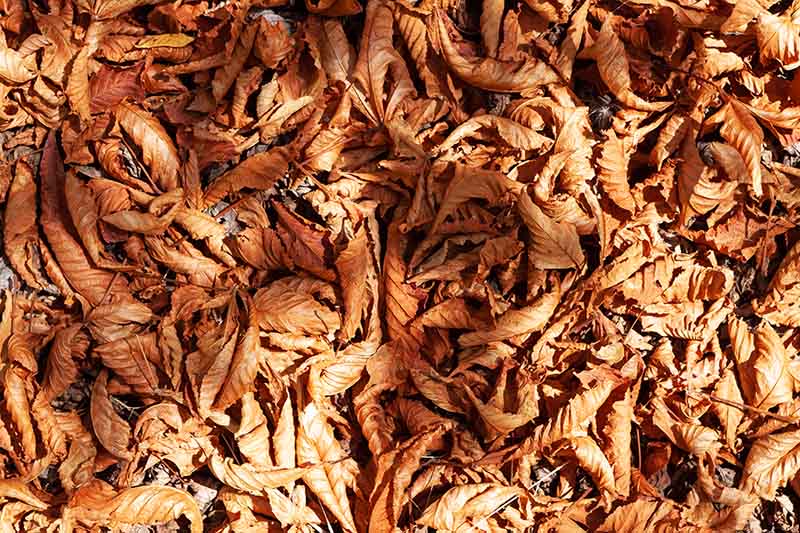
It can be tempting to rake all those pesky leaves into bags, but the truth is that there’s a whole biome scurrying around underneath! Detritivores like worms, woodlice and earwigs love the shelter and humidity of leaf litter, while your friendly neighbourhood spiders can take refuge under the canopy rather than finding alternative shelter inside your home. However, it’s understandable not to want a mulch layer on top of your lovely lawn, so here are a few ideas for what to do with your autumn leaves!
Start a compost pile: If you don’t like the leaves scattered across your garden, moving them is still an option! Rotting leaves are a natural fertiliser, so using them to bulk up your compost pile is a great way to feed your garden without sacrificing your local spider shelter.
Use them for insulation: From beginners to green-fingered veterans, everyone with a foot in the garden knows that your beautiful plants aren’t always going to survive the winter. That doesn’t mean that you have to give up, though! In the wild, fallen leaves act as natural insulation for shoots during the winter months. You can use this to your own advantage by spreading a layer of leaves around your flower beds.
Make a bug hotel: This is a great one if your kids like to join you in the garden. You may have seen pictures of beautifully crafted woodworking houses with roofs, bricks and pallets, but the truth is that a bug hotel can be as simple as a pile of sticks in the corner of the garden. Raking your fallen leaves over to whatever structure you’ve chosen gives insects a new layer of protection from predators and the cold.
Leave them where they are: This one’s a little controversial among gardeners, but if you don’t mind a bit of a scruffy-looking garden, some fallen leaves probably aren’t going to be detrimental to your lawn. In fact, they can help to give fresh nutrients to the grass! When you head out with the mower, the blades will mulch up the leaves and leave them behind as a natural fertiliser. As long as the litter isn’t too thick on the ground, your lawn can thrive with its new autumn look - just remember to remove the leaves before spring.
Compost your Jack-o-Lanterns

Carved pumpkins are fun, spooky and aesthetically pleasing… right up until they start to shrivel up! However, when Halloween is over, there’s no need to throw them in the waste bin: pumpkins are fantastic additions to your compost heap! Let them rot naturally into your compost and show your garden the benefits of the resulting mulch when spring and summer come around.
Collect Rainwater
After the dry months of summer, some pleasant Autumn rain is long overdue. The storms and showers that come with colder weather can remain useful long after they’ve ended, too! Set up a water butt to collect rainwater, store it and use it when the weather dries up next summer.
Ideas for Autumn Garden Plants
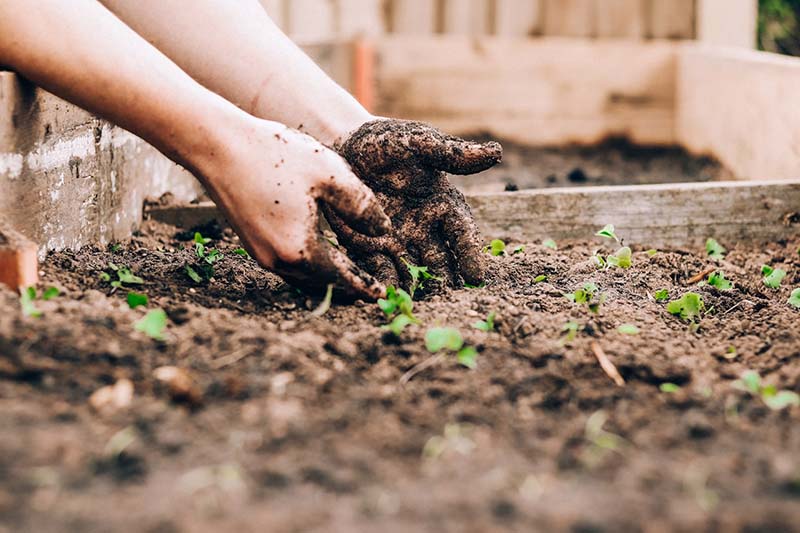
As the old saying goes, home is where the flowers are. It can be easy to worry about your plants when you’re gardening in the autumn, but if you plant the right seeds, the seasons won’t be as hard on them as you might expect. Surprise frost, ice and rough weather will all still affect your garden, but some shoots are hardier to the elements than others.
Plant a Seasonal Flower Bed
Annuals are a great addition to your garden in the autumn, as you won’t have to worry about them during the winter. Plant them early in September and watch them flower - your neighbours may even ask you how you get such a bright garden so late in the year! A few annuals to enjoy during autumn include marigolds, cornflowers and calendula, although you should always check the packets and your local weather patterns to make sure that your new beds will be able to thrive.
Maintain your Trees
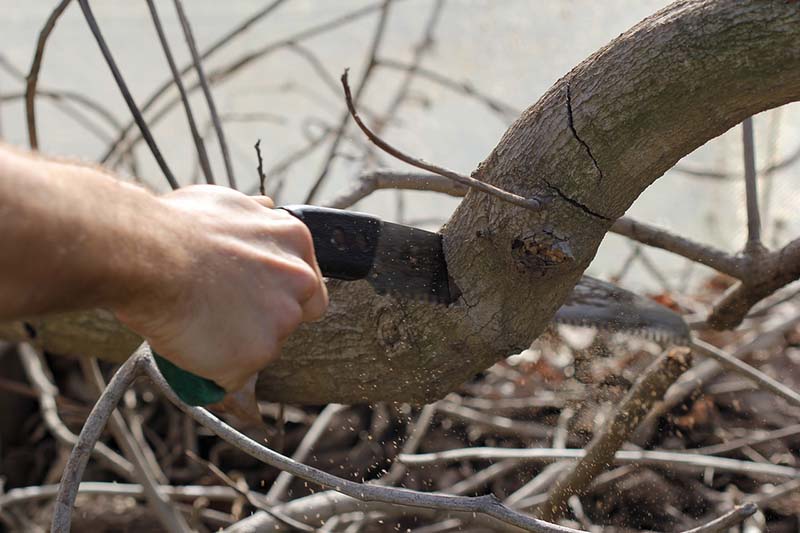
Autumn is also great for pruning deciduous trees when they are dormant, making it easy to take off branches without causing excess damage.
Pruning is especially important during autumn, as bad weather during winter months can bring down branches, further damaging the tree or your property. It can help maintain the health of your trees long-term, since you’ll be able to see which problem areas to take off once the leaves are out of the way.
Enjoy the Results of Autumn Gardening
Once you’ve done all of that, it’s time to sit back and enjoy your thriving garden … if you’ve gotten rid of all your gardening waste first, that is! If you’re looking for an easy way to remove the unwanted products of autumn pruning, check out our garden waste removal services across the UK.

